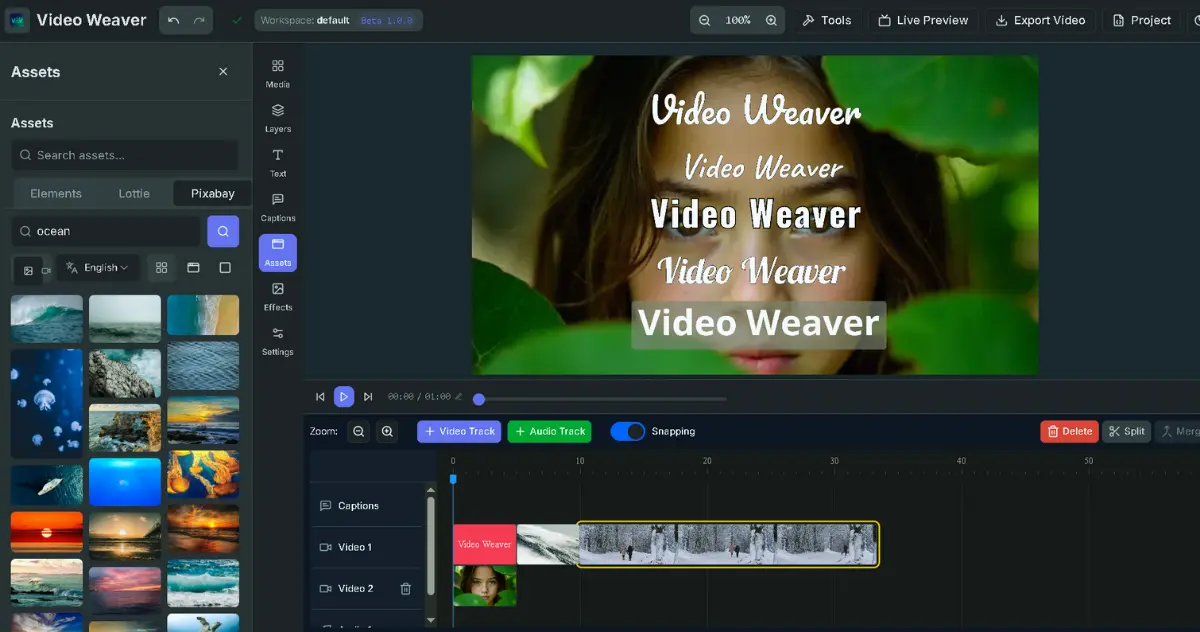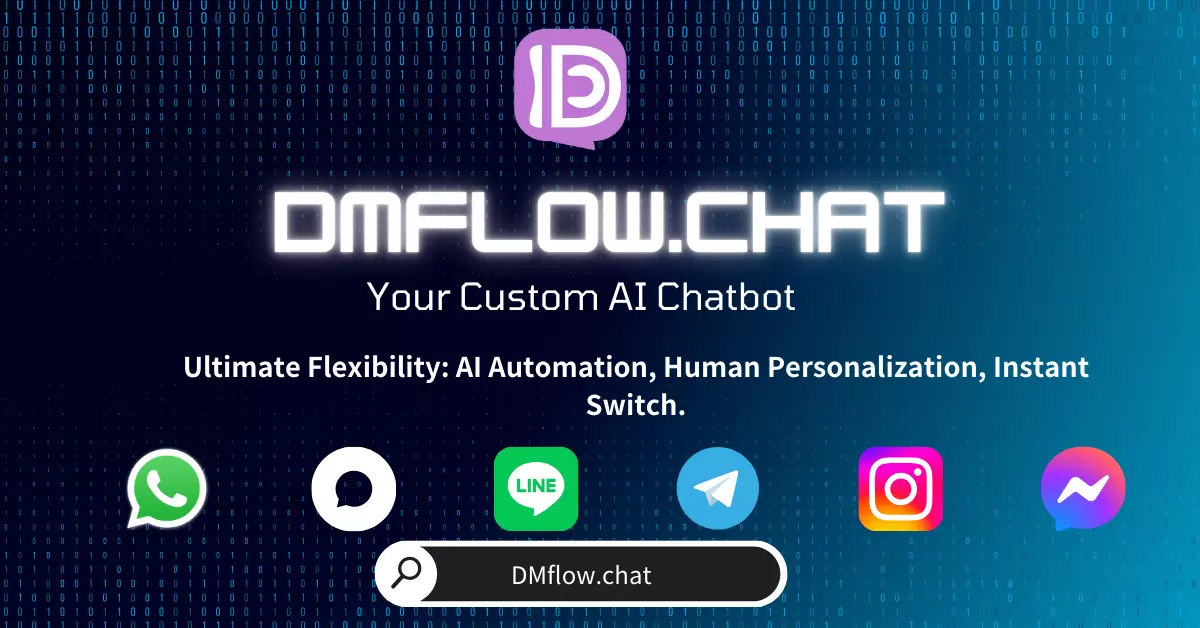Qwen3-Omni Has Arrived: Ending the Compromise of Multimodal AI, One Model to Handle Text, Images, Audio, and Video!
Explore Qwen3-Omni, the first truly end-to-end omni-modal AI. It seamlessly integrates text, images, audio, and video, not only delivering outstanding performance but also being open-source, allowing developers to easily build innovative applications from smart assistants to content creation.
Have you ever wondered why we need to switch between different AI tools for different tasks? One for writing, one for drawing, and another for processing sound. It feels like being in a kitchen where you have to switch to a completely different knife for chopping, stir-frying, and stewing, which is a bit of a hassle.
What if there was a universal tool, a single model that could fluently understand and process text, images, sound, and even video?
This sounds like future technology, but now, that future has arrived. Introducing Qwen3-Omni—the world’s first natively end-to-end “omni-modal” AI. It doesn’t just piece together models with different functions; it fundamentally unifies all modalities into a single architecture, achieving true “lossless fusion.”
So, what’s so great about Qwen3-Omni?
Simply put, Qwen3-Omni changes the game. Previous “multimodal” models were more like taping a language model, a visual model, and an audio model together. They could work together, but there was always some latency and information loss, like translating a translation.
Qwen3-Omni, on the other hand, is naturally able to “distinguish images by hearing sound and speak eloquently.” It is a unified neural network that can directly process various sensory inputs without clumsy internal conversions.
This brings several amazing advantages:
- Top-tier performance: This is not just talk. Qwen3-Omni has won the highest score (SOTA) in 22 out of 36 industry-recognized audio and video benchmarks, proving that it is not a jack of all trades, master of none, but a master of all.
- Unimaginable reaction speed: With a latency of only 211 milliseconds, interaction with it is almost instantaneous, whether you are having a voice conversation or analyzing video content.
- Amazing comprehension: It can understand up to 30 minutes of audio content. You can throw it a meeting recording or a podcast episode, and it can help you grasp the key points and make a summary.
- Highly customizable and extensible: Developers can easily adjust the model’s behavior through system prompts, just like setting a personality for your AI assistant. In addition, it has a built-in tool calling function that can call external tools when needed to complete more complex tasks.
All of this is built on massive training data, including 119L of text data and 19L of speech input data, ensuring its breadth and depth of knowledge.
A Deep Dive Inside: The Architecture of Qwen3-Omni
We can think of it as a dual-brain system with a “Thinker” and a “Talker”:
Input Processing: When you give it a video with sound, the
Vision Encoderis responsible for processing the images, while theAuT(Audio Transformer) is responsible for parsing the sound. This raw visual and auditory information is converted into a format that the model can understand.Thinker: The
Qwen3-Omni MoE Thinkeris the core brain of the model. It receives information from different senses (text, vision, hearing) and performs deep fusion and reasoning internally. This step is key to understanding user intent and analyzing complex situations.Talker: When the “Thinker” has figured out how to respond, it passes these “thoughts” to the
Qwen3-Omni MoE Talker. The “Talker” is responsible for organizing these abstract thoughts into fluent language or sound.Output Generation: Finally, the
Streaming Codec Decoderconverts the signals generated by the “Talker” into speech that we can hear, enabling real-time voice conversations.
The entire process is end-to-end, with information flowing within a single model without any bottlenecks, which is the secret to its speed and power.
The Power of Open Source: Top-tier AI for Everyone
What’s most exciting is that the Qwen3-Omni team has open-sourced its core model, sharing it with the global developer community. This means that individual developers, startups, and academic institutions can all innovate on the shoulders of this giant.
The currently open-sourced models include:
- Qwen3-Omni-30B-A3B-Instruct: This is an instruction-following model, ideal for building chatbots, smart assistants, or any application that needs to understand and execute instructions.
- Qwen3-Omni-30B-A3B-Thinking: This is the core of the “Thinker,” designed for complex tasks that require deep reasoning, making it an expert at solving difficult problems.
- Qwen3-Omni-30B-A3B-Captioner: A model specifically for generating descriptions of images or videos. Its main feature is “low-hallucination,” meaning the generated descriptions are extremely faithful to the facts, making it very suitable for scenarios that require high accuracy.
Ready to experience it for yourself?
Saying more is not as good as trying it for yourself. The Qwen3-Omni team provides a variety of ways for you to experience the power of this model:
- Online Chat Experience: Qwen Chat
- Code and Technical Details: GitHub
- Download Models (Hugging Face): HF Models
- Download Models (ModelScope): MS Models
- Interactive Demo Page: Hugging Face Spaces Demo
Qwen3-Omni is not just a technological breakthrough; it’s an invitation to all developers and creators to explore the next possibilities of AI together. An AI that can truly see, hear, speak, and think is already here waiting for us.
Frequently Asked Questions (FAQ)
Q1: What exactly is Qwen3-Omni?
A1: Qwen3-Omni is the world’s first natively end-to-end “omni-modal” AI, which means it can seamlessly process and understand text, images, audio, and video within a single model, without relying on a combination of multiple independent models.
Q2: How is it fundamentally different from other multimodal AIs?
A2: The biggest difference lies in its “end-to-end” architecture. Many existing multimodal AIs are “stitched” together from different functional models, which can lead to compromises in efficiency and performance. Qwen3-Omni was designed from the ground up as a unified whole, ensuring smooth and efficient information processing.
Q3: How can developers use the open-source Qwen3-Omni models?
A3: Developers can use the three open-source models to build a variety of applications. For example, use the Instruct model to develop smarter chat assistants; use the Thinking model to solve professional problems that require complex logical reasoning; or integrate the Captioner model to generate highly accurate text descriptions for image and video data.




